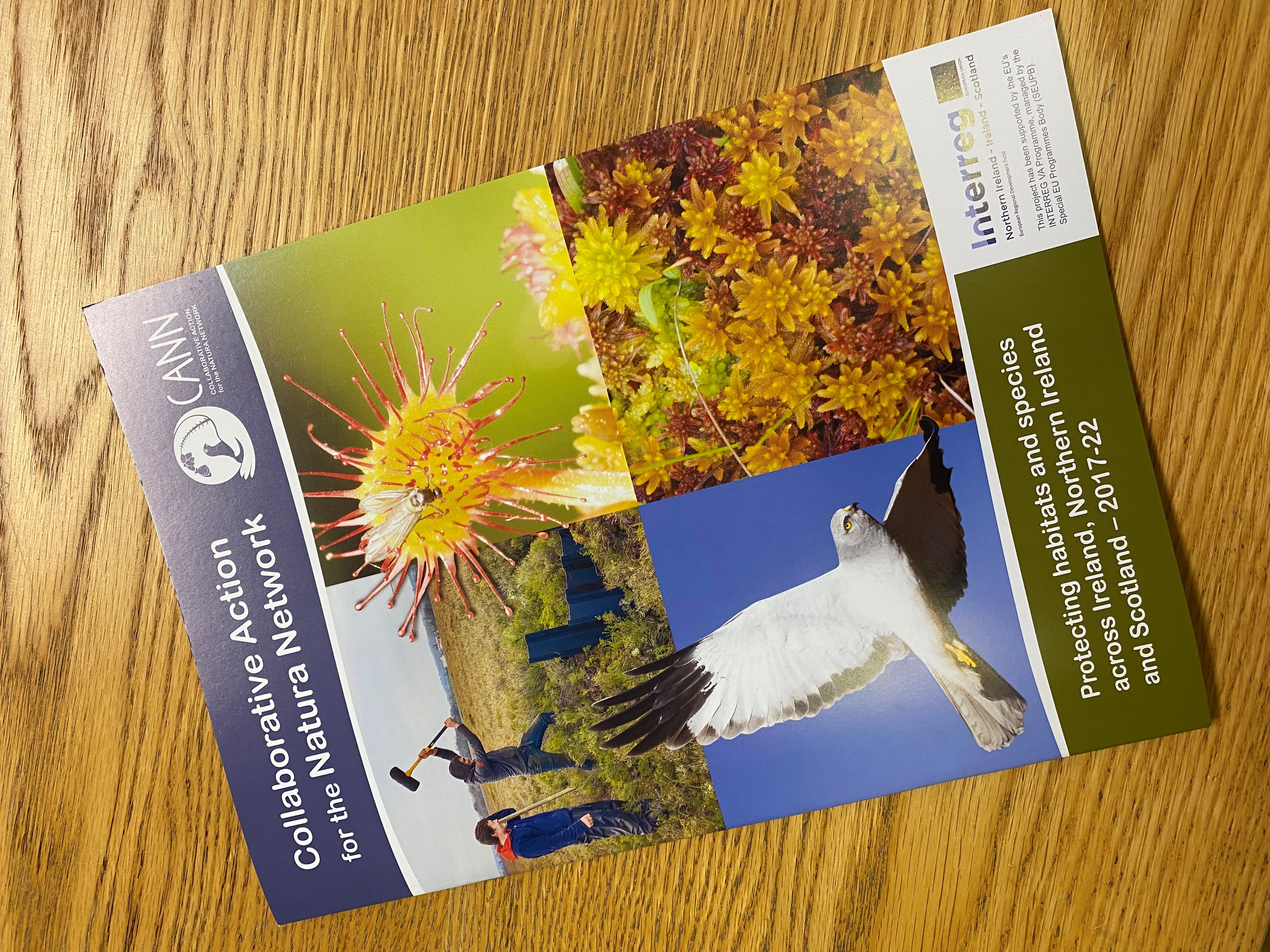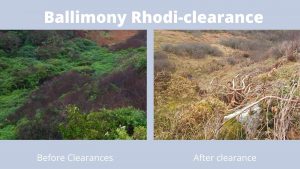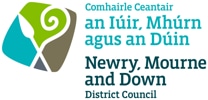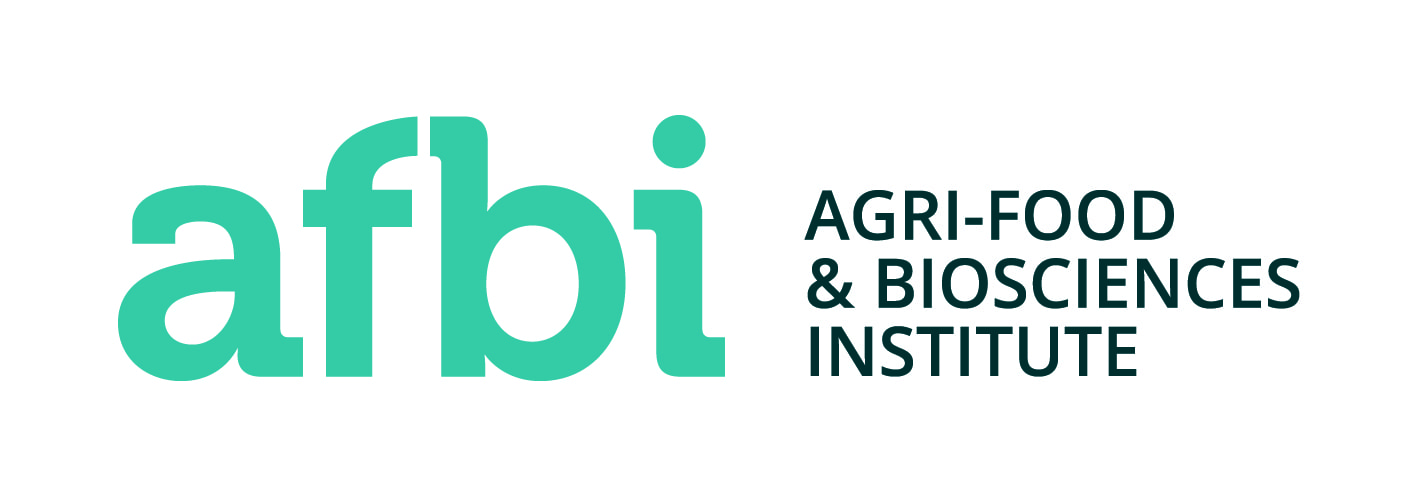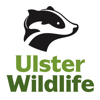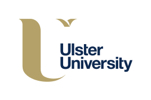The CANN Project
To read all about the achievements of the project go to our summary document
The CANN project was a cross-border environment project which aimed to improve the condition of protected habitats and to support priority species found within Northern Ireland, the Border Region of Ireland and Scotland, allowing the region to meet key EU biodiversity targets and ensuring the future of these internationally important habitats and species.
With €9.4 million of funding from the INTERREG VA programme the CANN project team produced Conservation Action Plans for a range of sites across the jurisdictions which are designated as Special Areas of Conservation (SACs) and accumulatively account for over 25,000 hectares of land. Direct conservation actions were carried out on 3,605 hectares of these SACs, all with an aim to help and guide the habitats and species found at these sites towards a favourable conservation status.
Made up of leading government departments, local authorities, research institutions and charities from across the three jurisdictions, the CANN project team worked together with local communities and stakeholders towards a common goal of improving the environmental condition of these SACs. This included delivering educational and outreach programmes and raising awareness of the significance of the habitats and species found on the sites, with the aspiration of safeguarding the conservation of these key sites and ensuring their sustainability beyond 2022 and the lifespan of the CANN project.
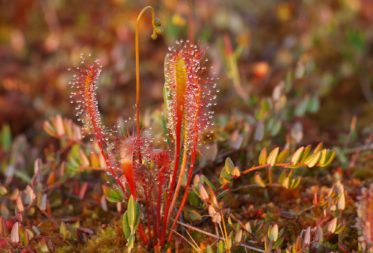
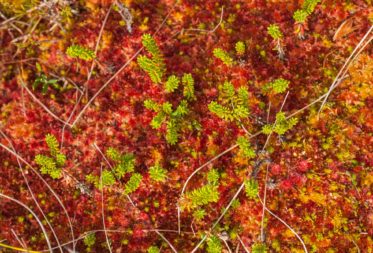
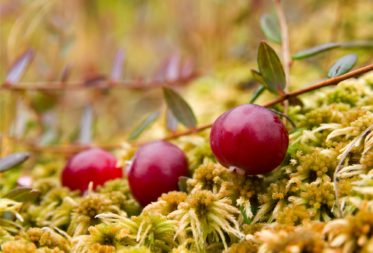
The CANN project aimed to improve the condition of protected blanket bog and key wetland habitats and to support the priority species found there through:
- Carrying out on the ground conservation actions on over 3,650ha of designated sites (Special Areas of Conservation) to improve their environmental condition;
- Producing 27 Conservation Action Plans (CAPs) which will act as a roadmap to recovery for these sites and inform strategic planning processes to ensure that these sites continue to be guided towards favourable conservation status beyond the lifespan of the CANN project;
- Operating as a multi-jurisdictional network to exchange conservation knowledge and environmental best practice, to strengthen cross-border co-operation in facilitating the recovery of these protected habitats and priority species, and to ensure that borders do not represent an overwhelming barrier for conservation and biodiversity;
- Working with stakeholders, landowners and local communities to bring about positive environmental change, and to raise awareness of the value of these habitats and species and the importance of conserving them.
The progress The CANN Project has made to date:
- May 2017: The CANN project receives permission to start work, and partner organisations sign the CANN partnership agreement.
- Summer 2017 to date: Stakeholder engagement commenced during summer 2017 and has been on-going ever since.
- Spring – Summer 2017: Work begins on establishing an accurate baseline assessment of habitats and species across the project sites through fieldwork, surveys, and digital mapping.
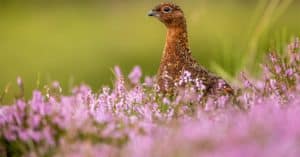
- Autumn – Winter 2017: Liaison between the CANN project and government departments and agencies across the three jurisdictions increases as a template for the Conservation Action Plans is drafted, and agreements are made to facilitate the sharing of best practice, data and knowledge.
- May 2018: A standard Conservation Action Plan (CAP) template is agreed with the relevant government departments and agencies.
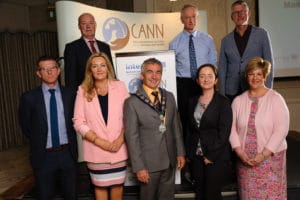 June 2018: The CANN project holds a successful launch event in Co. Monaghan with Ella McSweeney, a renowned Irish Journalist and Environmentalist, delivering the key-note address.
June 2018: The CANN project holds a successful launch event in Co. Monaghan with Ella McSweeney, a renowned Irish Journalist and Environmentalist, delivering the key-note address.- Spring-Summer 2018: Baseline surveying is carried out across most project sites. This includes bird and nest location surveys, collection of bathymetry and water quality data, habitat quality assessments, and invasive species studies.
- Spring -Summer 2018: Implementation of on the ground actions begins based on the data collected during baseline surveying in spring-summer 2017 and early 2018, namely nest protection and rhododendron control. The success of these on the ground actions will be carefully monitored year on year.
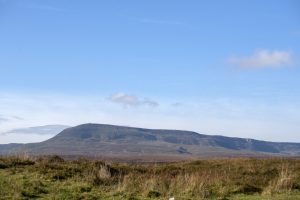 July 2018: The CANN project receives additional funding of €1.1million for Cuilcagh.
July 2018: The CANN project receives additional funding of €1.1million for Cuilcagh.- August 2018: An invasive species management trial takes place at Lough Arrow, Co. Sligo, and will be closely monitored for success. Read more about this trial and why it is needed here.
- September 2018: The very rare Desmoulin’s whorl snail is found on a CANN project site in Co. Down – the first time this species has ever been found in Northern Ireland. Read more about how important a find this is here.
- September 2018: CANN project staff carry out Sphagnum moss restoration trials on areas of degraded bog at Peatlands Park. These trials will be carefully monitored to see if they can be replicated across project sites. Read more about this revolutionary method here.
- Summer 2018: workshops on best practice in writing conservation management plans, and peatland restoration techniques held on Islay. Biosecurity workshop held in Magheraveely/ Kilroosky and an International Bog Day celebration held on Cuilcagh.
- Summer 2018: CANN showcased at various conferences including IUCN 2019 conference and UKILN (the UK and Ireland Lakes Network)
- November 2018: Biosecurity training takes place with stakeholders of Lough Arrow in Co. Sligo. Read more about the training and why it is important here.
- September 2018: CANN project staff carry out Sphagnum moss restoration trials on areas of degraded bog at Peatlands Park. These trials will be carefully monitored to see if they can be replicated across project sites. Read more about this revolutionary method here.
- December 2018: Ten draft Conservation Action Plans are produced.
- January 2019: draft plans for Eilean na Muice Duibhe and The Rinns produced, work continues all year with ongoing monitoring and stakeholder engagement to produce final plans
- January 2019: Four draft plans submitted for Ballynahone Bog, Garry Bog, Tully bog and Turmennan
- Spring/ Summer 2019: fieldwork and mapping projects are undertaken on Ben Nevis and many other Scottish sites
- September 2019: Successful Mid Term Conference held. Read more about the conference here.
- September 2019: Rhododendron control contracts were completed at Tully, Fairywater and Ballynahone bog
- October 2019: CANN gave a presentation at the Burren Winterage event
- October 2019: a complete habitat map of Sliabh Beagh site is produced including conifer mapping and landowner, turbary rights and bird data from Golden Eagle Trust
- November 2019: CANN representatives attended the England and Wales Wildfire Forum Conference in Cardiff, on the theme of “Manage the fuel, reduce the risk.”
- December 2019: Chainsaw course provided for landowners on Colonsay. This led to positive engagement and gave landowners the skills needed to remove rhododendron on their own land on the island through Single Tender Actions.
- December 2019: a draft Conservation Action Plan was submitted for Moneygall Bog. A draft Habitat plan was completed for Magheraveeley, and Kilrooskey and habitat maps were completed for the 7 SACs on the Scottish mainland that are included in the CANN project.
- January 2020: work on Wildfire Management plan for Cuilcagh mountain commenced in partnership with Pau Costa from Spain.
- January 2020: CANN members attended the England and Wales Wildfire Forum Conference in Cardiff on the theme of “Reduce the fuel, reduce the risk.”
- January 2020: Ammonia monitoring is started on Cuilcagh Mountain as part of a cross border investigation into deposition of this airborne chemical. Peatland park and other bogs are also going to have monitors fitted. Water level monitoring continues.
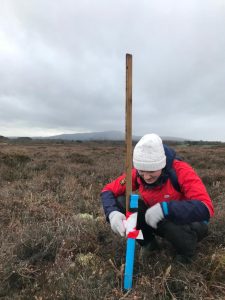
- January 2020: RPS completes its restoration plans for Cuilcagh Mountain and water monitoring loggers are installed
- January 2020: CANN is represented by Ulster Wildlife, Monaghan County Council and Armagh and Banbridge council at the Conference of the British Ecological Society.
- January and February 2020: winter tranche of filming for the CANN video starts with ASG video filming at Moneygall and Cranny bogs to see drain blocking in action (see a short youtube video here) and at Peatlands Park to record vegetation clearance.
- February 2020: a draft Habitat map was completed for Kilroosky/Magheraveeley lake cluster. Habitat maps were also completed for all the CANN sites on the Scottish Mainland which will be added to existing draft Conservation Action Plans completed in 2019.
- February 2020: Tree planting of native species took place on Duich Moss on Colonsay to replace the shelter provided by the rhododendron that has been removed.
- February 2020: 12 Ha of conifers and birch are removed from Moneygall bog. These trees were sucking the bog dry, and their removal means we can start the re-wetting process.
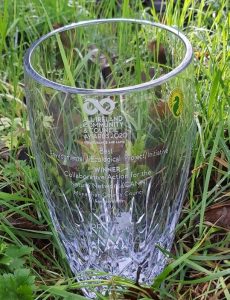 February 2020: CANN project received the award for the best environmental/ecological project at the All Ireland Community and Council Awards 2020
February 2020: CANN project received the award for the best environmental/ecological project at the All Ireland Community and Council Awards 2020- March 2020: winter bird recording season comes to an end, with wintering golden plover, snipe, hen harriers and red grouse all recorded. An outstanding year for long-eared owls across many sites.
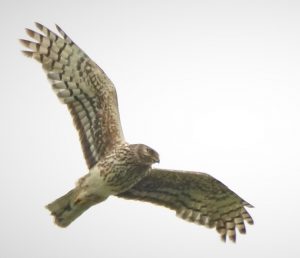
- March 2020: Radon testing carried out to discover the source of water on Kilrooskey/Magheraveeley. CANN staff are trained in molecular biology techniques to use eDNA in detecting populations of crayfish in the lakes.
March 2020: Drain blocking is completed at Cranny Bogs.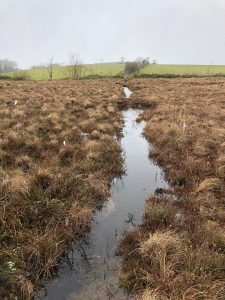
- March 2020: the habitat map for Sliabh Beagh is completed and work in underway for maps for another 8 raised bogs.
- March 2020: Covid 19 strikes, meaning that the spring bird surveys cannot be undertaken; this will leave a hole in our data and have an ongoing effect on our planning. Much fieldwork is postponed, but work on CAPs proceeds apace.
- April 2020: a vast swathe of Sliabh Beagh is given to a new landowner, An Taisce the National Trust for Ireland. This will make CANN’s task much easier in this SAC as the aims of An Taisce closely align with those of CANN.
- April 2020: tender issued for first interpretation project at Lough Arrow. Information gathering for the All-CANN site interpretation project started.
- May 2020: CANN goes online organising Seminars and workshops for partners and stakeholders over the summer, so training and outreach continue while people are unable to travel.
- May 2020: plans progress for the removal of the alien invasive plant Japanese Knotweed at Drumnafallow and Lecale Fens. A second tender is issued for the removal of Rhododendron and drain-blocking at Fairywater and Peatlands Park.
- May 2020: Lidar is flown on Cuilcagh to map peat depths, drains and to help in wildfire modelling
- May/June 2020: making the most of a mountain empty of tourists, vegetation restoration was carried out on the summit of Cuilcagh Mountain. Social distancing was strictly adhered to.
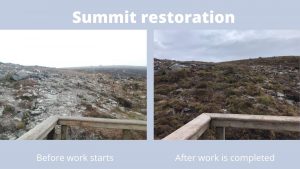
- May/June 2020: as lockdown eases, staff and volunteers from The Golden Eagle Trust carried out the first round on breeding bird surveys in record time to attempt to catch up on the lost months of data. Summer tranche of filming also takes place on Cuilcagh, Lough Arrow and Sliabh Beagh.
- June 2020: Draft Conservation Action Plans completed for Cranny and Curran Bogs.
- June 2020: the CANN project installs fencing to allow the grazing of uplands of Sliabh Beagh by the traditional breed of Dexter Cattle.
- June 2020: Rhododendron clearance is completed on Ballimony estate (following bird surveys to ensure no disturbance of breeding birds) and a
a contract is issued to complete the journey to Rhodi-free status of Colonsay Island. - June 2020: Drain blocking is complete on Tully Bog
- June/July 2020: nest protection measures continue on Sliabh Beagh, sadly recreation and turf cutting pressures have caused problems for hen harriers and ground-nesting birds.
- July/August 2020: Bird monitoring continued on Sliabh Beagh, Cuilcagh, lowland raised bogs by Golden Eagle Trust and on Islay by Islay Natural History Trust. Low numbers of Red Grouse were seen due to disturbance and poor weather, but 6 – 9 pairs of hen harriers bred on Sliabh Beagh. Seven wader species bred on Islay, hen harriers, bred on 4 sites, and Red Throat divers bred at Eilean an Muice Duibhe.
-
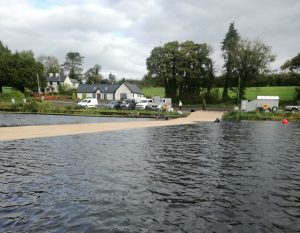
Jute laying at Lough Arrow August 2020: 1600square metres of jute matting was laid over invasive alien Elodea nuttali weed, native stone worst will grow through, but this matting will provide a weed-free corridor for boats which will be marked by buoys.
- September 2020: Nineteen Conservation Action Plans (CAPs) have now been submitted to the relevant national governments. We are working on a further 8.
- September 2020: The first year of follow up spraying was carried out on Duich and Ballinmony.
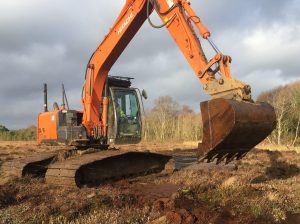 September 2020: A Drain blocking tender was advertised for drain blocking on Sliabh Beagh and work was undertaken to install plastic dams at Peatland Park and Fairywater and more peat dams on Moneygall.
September 2020: A Drain blocking tender was advertised for drain blocking on Sliabh Beagh and work was undertaken to install plastic dams at Peatland Park and Fairywater and more peat dams on Moneygall.- September 2020: Edwin Poots, Minister for Agriculture, Environment, and Rural Affairs visited Cuilcagh and spoke to local farmers who are restoring areas of bare and eroding peat on commonage within the SAC.
- September/October 2020: Filming continues on Turmenan and Islay and at Kilrooskey Lakes.
- September – November 2020: Ammonia sampling commenced at five NI lowland bog sites and crossborder on Sliabh Beagh. This sampling will be carried out monthly.
- November 2020: seven CAPs are completed in draft for the Scottish Mainland sites
- November 2020: a 500ha conservation grazing agreement has been negotiated between new land owners An Taisce and a local cattle farmer. Traditional breed cattle (Dexters) will be grazed on the land using special GPS collars and electric fencing provided by CANN to keep them safe. Grazing this breed starting in Spring 2021 will help improve the quality of the grassland and reduce fire risk while also producing prime beef!
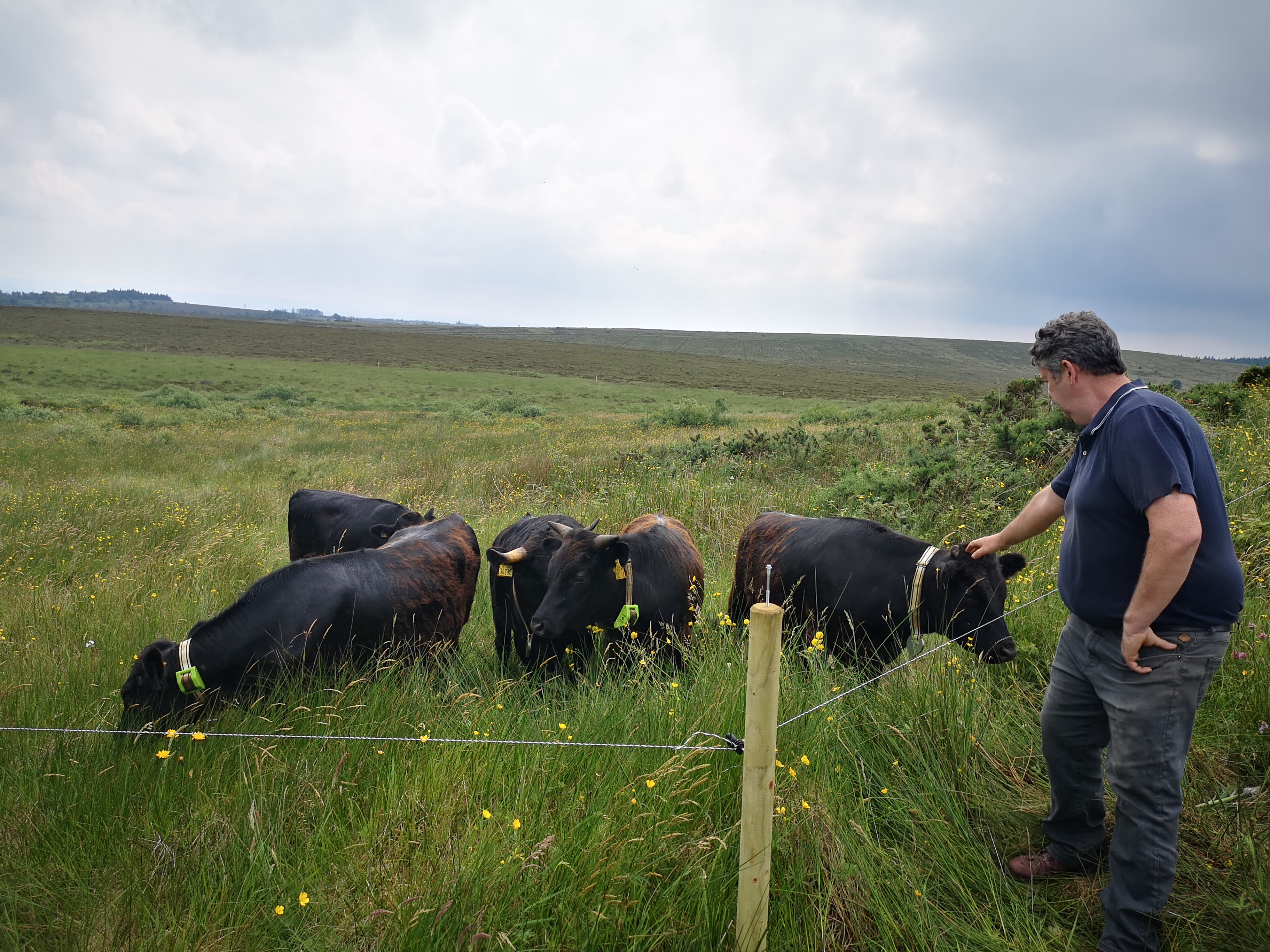
- January to February 2021: ACT have contractors working on removing a small but densely infested area of rhododendron on Duich and are planning removal or more rhodi on Coille in September.
- January to February 2021: Invasive Conifer removal began on Sliabh Beagh, this will also continue in the autumn after the bird breeding season.
- January to February 2021: Over 1200 dams were installed on Sliabh Beagh completing this rewetting project. Water level monitoring will be continued to check on the effects.
- January 2021: the first burns of charcoal at Peatlands Park using the new mobile burner purchased with NIEA funds were successful with some excellent charcoal produced. Using rhododendron cutting for making charcoal could be a market to encourage more removal of this invasive species and also means that it is not left on site as a fire risk
- February 2021: Large areas of rhodi have been cut and removed from good condition raised bog on Peatlands Park, this area will have drain blocking applied to it. In other areas, some mature dense thickets will be drilled and the holes filled with herbicide and will be left to stand and die. Standing deadwood is a valuable habitat for invertebrates and the birds that feed on them.
- January to March 2021: UW, AFBI and IT Sligo are working together to progress sCIR (Stereo Colour Infrared) mapping and ground truthing methods, new equipment software and hardware has been procured and work on mapping at very high resolution will begin in
 March. RPS has also carried out LiDAR survey and using this and the sCIR data have produced a plan for the restoration of 17ha of heavily eroded blanket bog on the summit of Bencroy.
March. RPS has also carried out LiDAR survey and using this and the sCIR data have produced a plan for the restoration of 17ha of heavily eroded blanket bog on the summit of Bencroy. - February 2021: Fencing works are completed at Lough Atona on Cuilcagh. These will stop stock accessing the newly completed erosion restoration work. The restoration works were carried out at the end of 2020 using coir logs helicoptered in and are showing excellent results with water being held really well.
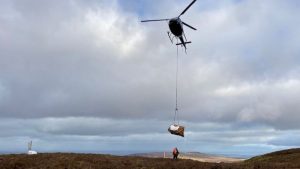 Some steep hags and slopes were reprofiled by hand and this is holding up well too.
Some steep hags and slopes were reprofiled by hand and this is holding up well too. - March 2021: the final edit of the CANN story video is published and is available on Youtube.
- March 2021: four large plastic multi-lock dams were installed at Peatlands Park and Drumfallow (Fairy water)
- March to April 2021: monthly watertable monitoring across all 8 raised bog SACs post blocking show really good results with consistently high water tables.
- May 2021: The Golden Eagle Trust have identified 3 pairs of Hen Harriers in Monaghan and 5-6 pairs in Fermanagh Tyrone. Snipe and Red grouse surveys
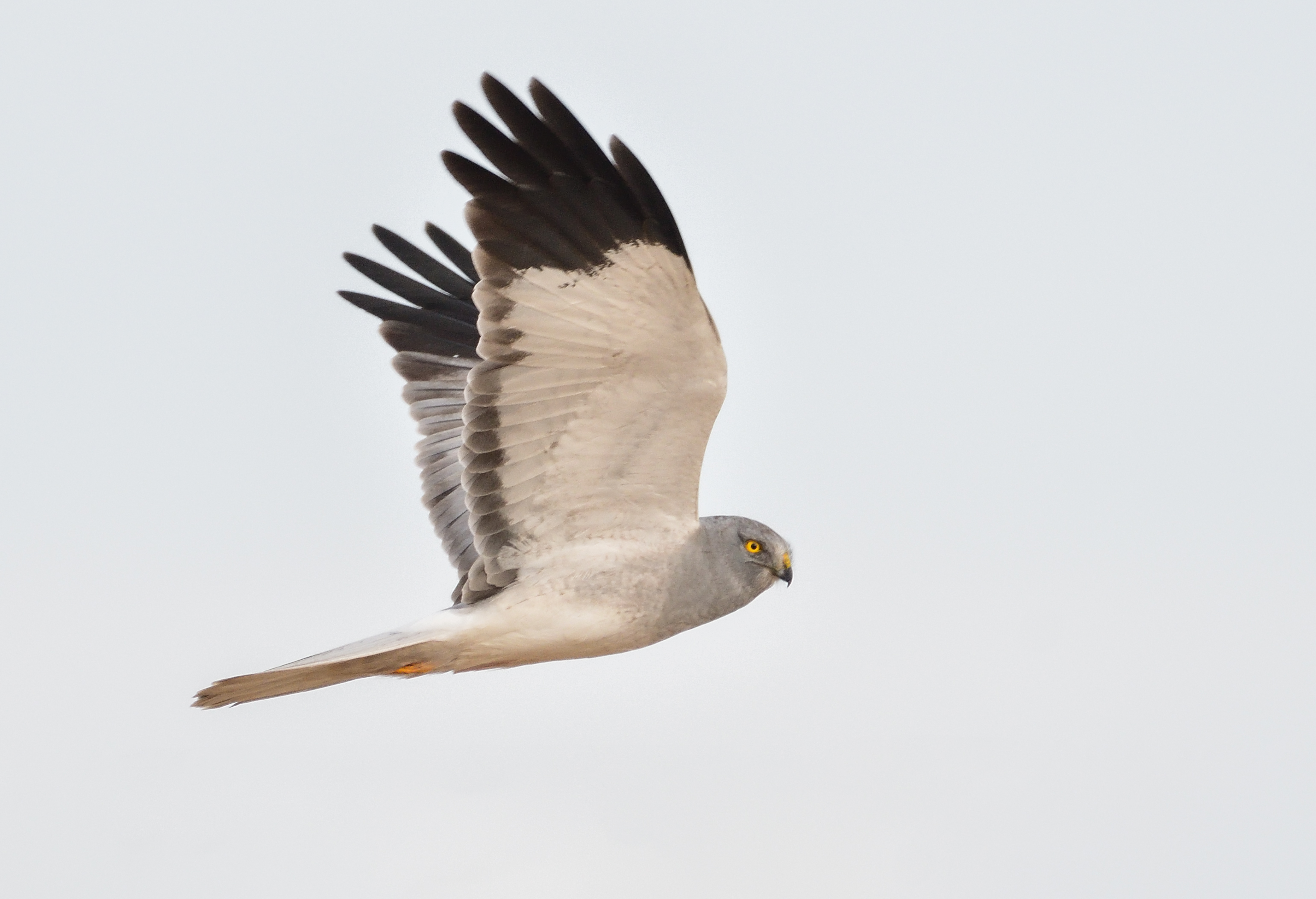 continue and the borrow pits from the dam blocking works have proven very attractive for the snipe.
continue and the borrow pits from the dam blocking works have proven very attractive for the snipe. - May 2021: work began on developing a wildfire management plan for Sliabh Beagh, this will facilitate cross border fire fighting with a willingness to establish a memorandum of understanding between the two fire services, North and South.
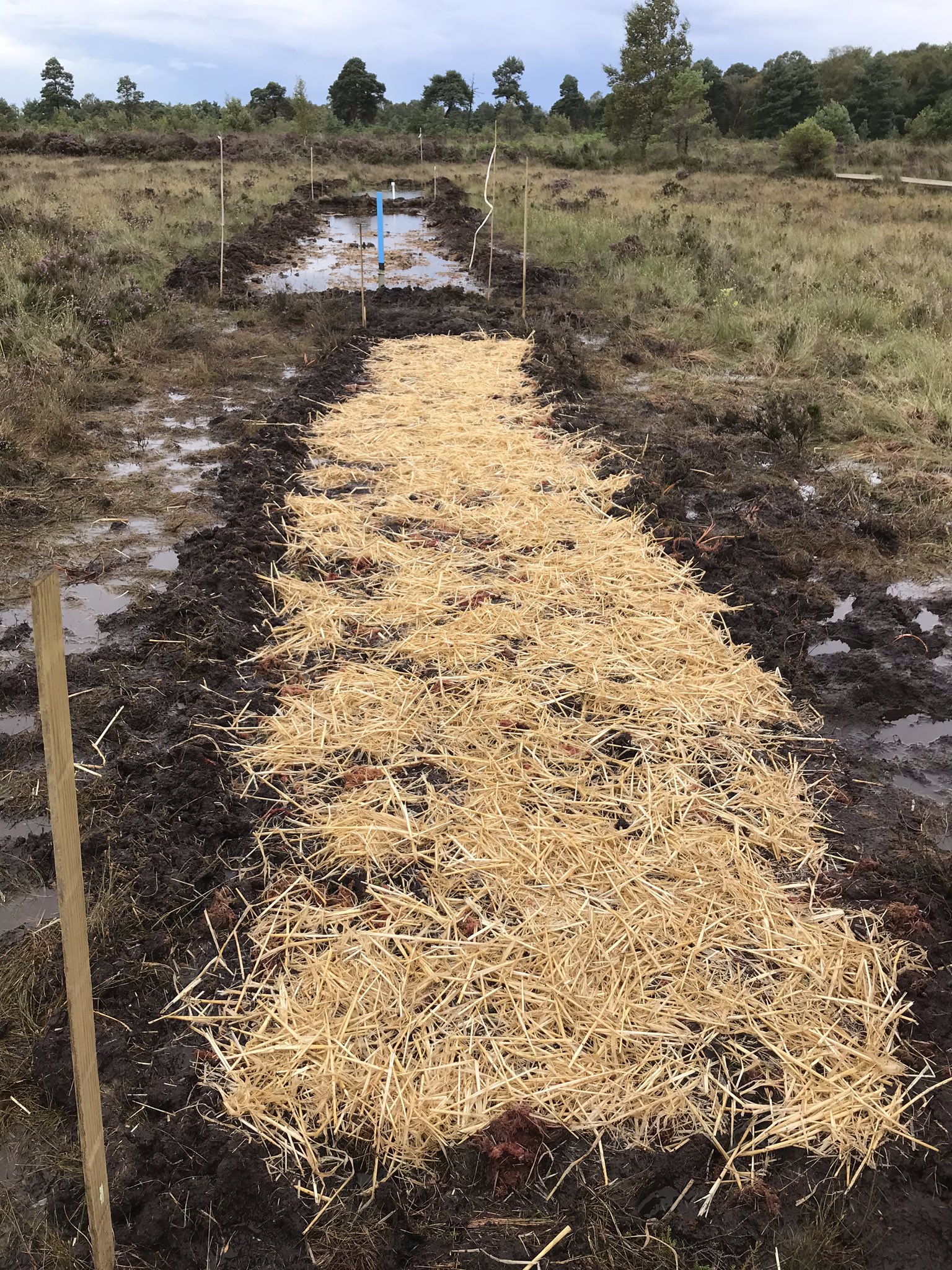 May 2021: Our successful sphagnum restoration project at Peatlands Park continues and the plot prepared in September 2020 now has sphagnum actively growing in it.
May 2021: Our successful sphagnum restoration project at Peatlands Park continues and the plot prepared in September 2020 now has sphagnum actively growing in it.- June 2021: CANN’s successful Eyespy Wildlife Booklet for Sliabh Beagh has gone to a second reprint of 5000 copies
- June 2021: Informacio Televisao (the Portuguese National Broadcaster) filmed a programme at Lough Arrow
- July 2021: Site condition monitoring on Rhinns by ACT have revealed the deepest peat record so far 6.4 meters (6400 years of peat deposition)
- Cookies
- |
- Privacy Policy
- |
- Copyright 2022 ©
Website designed by Visionworks Interactive


